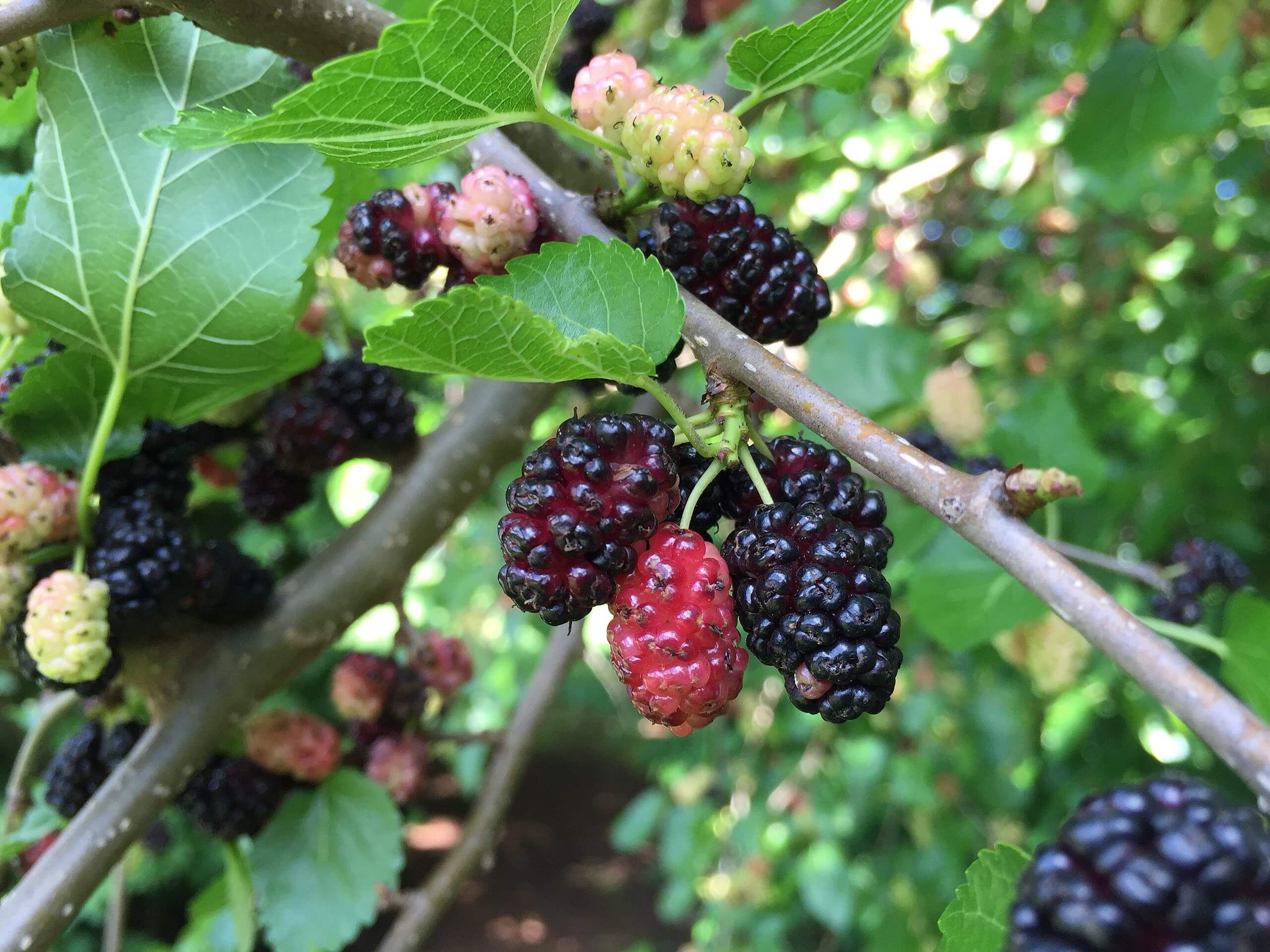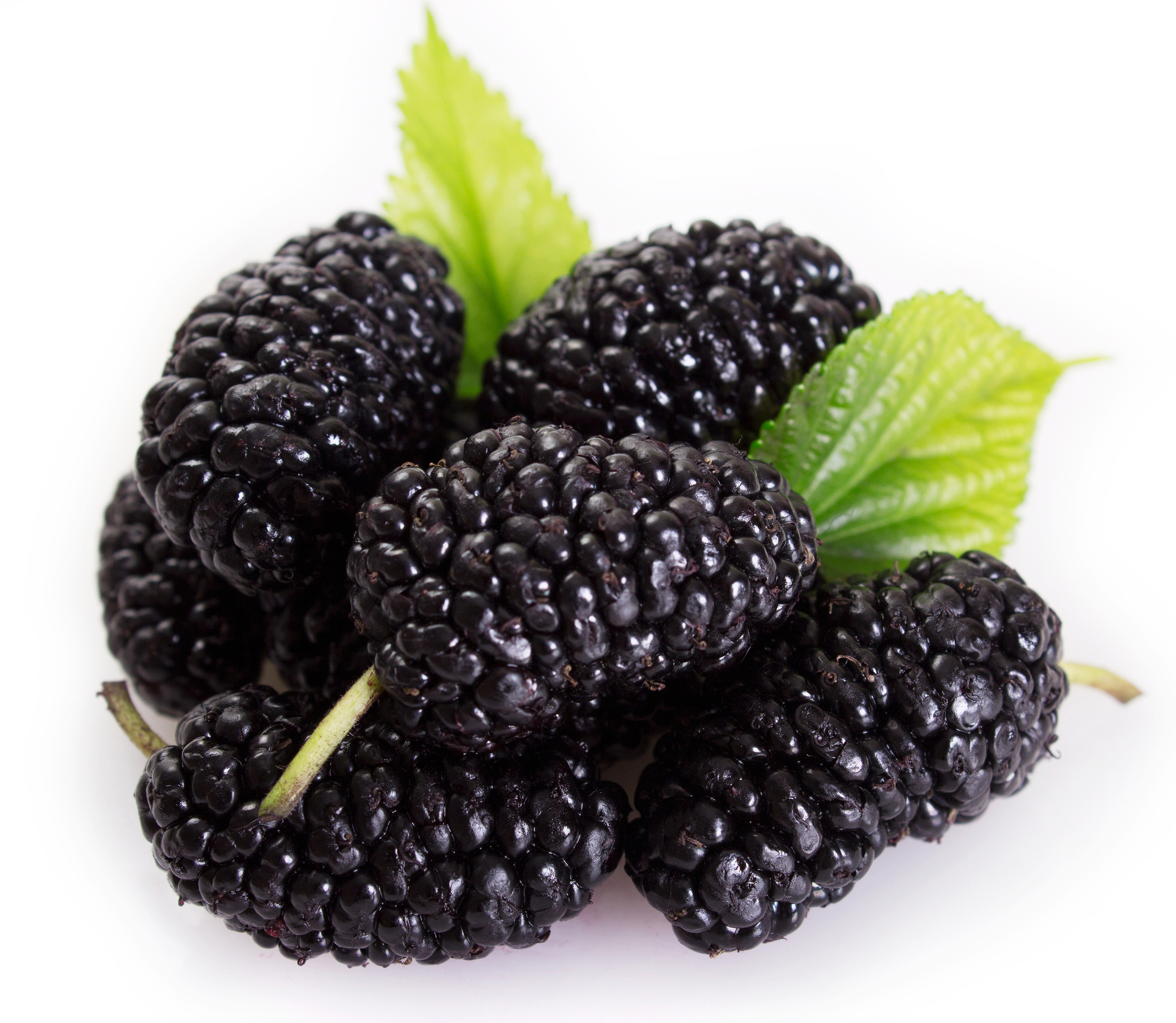Unraveling the Flavorful Mystique of Mulberry: A Culinary Odyssey
Mulberry, a fruit often overlooked in the realm of culinary delights, holds a multitude of secrets waiting to be unraveled. From its rich history to its diverse uses, this enchanting fruit is a treasure trove of flavors and textures, beckoning adventurous chefs and food enthusiasts alike. As we embark on this gastronomic journey, we'll delve into the fascinating world of mulberry, exploring its origins, nutritional benefits, and the numerous ways it can elevate your cooking.
With its sweet, tart, and slightly musky taste, mulberry is an excellent addition to a variety of dishes, from savory sauces to sweet desserts. Its versatility is unparalleled, and its uses span across multiple continents, from traditional Asian desserts to modern Western cuisine. Whether you're a seasoned chef or an amateur cook, the mulberry's multifaceted nature makes it an ideal ingredient to experiment with.
A Brief History of Mulberry
Origins and Early Cultivation
The mulberry tree, Morus spp., has its roots in ancient China, where it was revered for its medicinal and culinary properties. The fruit was first cultivated in China over 4,000 years ago, with records indicating its use in traditional medicine and cooking. From China, the mulberry tree was introduced to Europe, where it was adopted by the Romans, who valued it for its versatility and nutritional benefits.
Spread Across the Globe
As trade and colonization increased, the mulberry tree spread to various parts of the world, including the Americas, Africa, and the Indian subcontinent. In many regions, the mulberry tree became an integral part of local cuisine, with different cultures adapting it to their unique cooking styles.
Nutritional Benefits of Mulberry
Antioxidant and Anti-Inflammatory Properties
Mulberry is a rich source of antioxidants, containing a high amount of vitamin C, vitamin E, and beta-carotene. These nutrients help protect the body against free radicals, which can cause oxidative stress and inflammation. Additionally, mulberry's anti-inflammatory properties make it an excellent ingredient for recipes seeking to reduce inflammation and promote overall well-being.
Cardiovascular Health
The mulberry's high fiber and antioxidant content make it an excellent addition to a heart-healthy diet. The fiber helps lower cholesterol levels, while the antioxidants work to prevent cell damage and reduce inflammation in the cardiovascular system.
Culinary Uses of Mulberry
Desserts and Drinks
Mulberry's sweetness and tartness make it an ideal ingredient for a variety of desserts and drinks. From traditional mulberry jam and pie to modern mulberry lemonade and sorbet, this versatile fruit can be used in a multitude of sweet treats. Its unique flavor profile also pairs well with other fruits, such as strawberries and raspberries.
Savory Dishes and Sauces
Mulberry's slightly musky taste makes it an excellent addition to savory dishes and sauces. It pairs well with ingredients like pork, chicken, and mushrooms, adding depth and complexity to a variety of recipes. Mulberry sauce, a staple in many Asian cuisines, is made by simmering the fruit in a mixture of soy sauce, sugar, and spices.
Preserving Mulberry
Freeze-Drying
Freeze-drying is a popular method for preserving mulberry, as it helps retain the fruit's natural flavor and nutrients. Freeze-dried mulberry can be used in a variety of recipes, from smoothies to baked goods.
Dehydrating
Dehydrating mulberry is another effective way to preserve the fruit. Dehydrated mulberry can be used in trail mix, energy bars, or as a topping for yogurt or oatmeal.
Jam and Jelly
Homemade jam and jelly made from mulberry are a delicious way to preserve the fruit. These sweet preserves can be used as a topping for toast, yogurt, or ice cream.
Pickling
Pickling mulberry is a great way to add a tangy twist to salads and sandwiches. Mulberry pickles can be made by soaking the fruit in a mixture of vinegar, sugar, and spices.
Tips for Cooking with Mulberry
Choosing the Right Mulberry
When selecting mulberry, look for fruits that are firm, plump, and free of bruises. Avoid fruits with mold or soft spots, as they may be past their prime.
Storing Mulberry
Mulberry can be stored in the refrigerator for up to a week or frozen for up to six months. When frozen, make sure to store the fruit in an airtight container or freezer bag to prevent freezer burn.
Substituting Mulberry
In recipes, you can substitute mulberry with other fruits, such as blueberries or raspberries. However, keep in mind that the flavor profile and texture may vary.
Experimenting with Mulberry
Don't be afraid to experiment with mulberry in your cooking. Try pairing it with different ingredients, such as spices, herbs, or other fruits, to create unique and delicious flavor combinations.
Conclusion
As we conclude our culinary journey through the world of mulberry, it's clear that this versatile fruit offers a multitude of secrets waiting to be unraveled. From its rich history to its diverse uses, mulberry is a treasure trove of flavors and textures, beckoning adventurous chefs and food enthusiasts alike. Whether you're a seasoned chef or an amateur cook, the mulberry's multifaceted nature makes it an ideal ingredient to experiment with. So go ahead, get creative, and uncover the secrets of the mulberry – your taste buds will thank you!
Loving Auntic Free
How Tall Is Brad Pitt
Pamibaby
Article Recommendations
- Mara Corday
- Is Tony Hinchcliffe Married
- Ingrid Harbaugh
- Kessinger Nichol
- Mikaylah
- Aishahd
- Esnglish
- Michaelaly Parents
- Dennis Tissington Verdict
- Justine Musk



